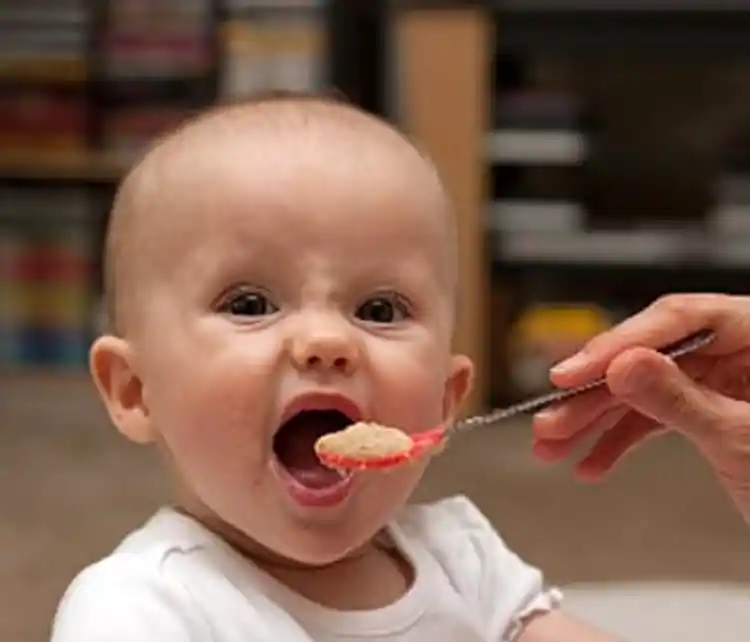Baby Bottle Basics

Hide Video Transcript
Video Transcript
Kimberly Manning, MD
Ok, we've got tall bottles, short bottles, curved bottles, glass bottles, Ana, how did you make sense of it? Ana
It was overwhelming. Kimberly Manning, MD
It can be. With such a myriad of colors, shapes and sizes of bottles and nipples on the market –arriving at the right choice can be confusing. We'll help you sort through the selections – and learn proper use and care – step by step. Kimberly Manning, MD (cont.)
When it comes to bottles – most babies are pretty adaptable. Still it's wise to sample a few to see what suits your baby best. In general, clear, four-ounce bottles are the most practical for newborns – they hold roughly the right amount for first feedings. Six-to-eight ounce bottles are okay if you fill them just halfway in the early months. Angled bottles – with disposable bags, flow control or vents – may reduce the amount of air infants swallow. But so will regular bottles held at the proper slant. Kimberly Manning, MD (cont.)
Due to health concerns, top baby bottle manufacturers have stopped using the chemical bisphenol-A –or BPA—in the making of their products. While research continues on the extent of the health hazard BPA poses, you can minimize exposure by, throwing away older or scratched baby bottles that may contain BPA, using BPA free bottles or glass bottles, and never using boiling liquids in plastics that might contain BPA, as it increases exposure. Kimberly Manning, MD (cont.)
Now, on to bottle nipples. There are dozens of designs, shapes and sizes – available with one, two or three holes – or sometimes with cross cut openings. While all that may seem a little dizzying, what matters most is how the milk flows – usually best on the slow side for newborns. Kimberly Manning, MD (cont.)
So it really helps if you look at the age, or even the flow on the nipple to help you choose which is best for your baby. You'll need to experiment a bit to see which nipple size and type works best at what age – and be sure to replace nipples that show signs of wear and tear. Remember, always wash and dry your hands thoroughly before handling any nipple or preparing any bottle. Kimberly Manning, MD (cont.)
Warm your baby's bottle the old fashioned way-- in a saucepan of warm water – or by using one of the many electric and battery-operated systems on the market. Never microwave bottles because of dangerous, uneven heating that might scald baby's mouth. Whatever method you use – it's still best to check the temperature before feeding. Kimberly Manning, MD (cont.)
If there's milk still in the bottle after the feeding – it's all right to keep it handy in case baby wants more—but only for an hour – no more. After that, discard the remaining portion to avoid the spread of bacteria. Never reuse. Kimberly Manning, MD (cont.)
Conventional wisdom on cleaning bottles and nipples still applies. Before first use, all supplies should be sterilized in boiling water for about five minutes. Then get into the habit of washing bottles and nipples in hot, sudsy water immediately after a feeding so milk doesn't stick to hard to clean surfaces. Special brushes will help scour all the nooks and crannies, while dishwasher-safe baskets keep nipples, rims and caps in place and drying racks organize all the odds and ends until next use. Kimberly Manning, MD (cont.)
Of course, then it's time to start all over. In the beginning, baby needs a bottle every two to three hours or so. You'll have the system down to a science before you know it – step by step. For WebMD, I'm Dr. Kimberly Manning. 
